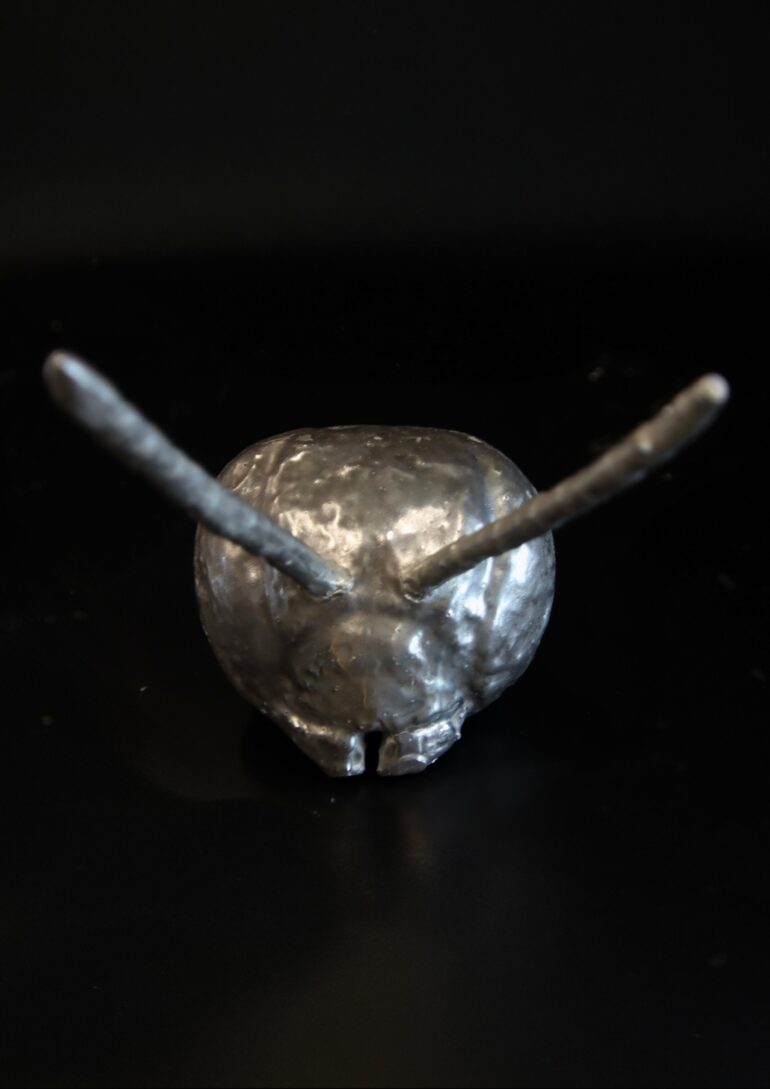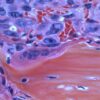Humans have long turned to nature for solutions, from deciphering the mysteries of flight to creating stronger materials. For Javier Fernandez, Associate Professor at the Singapore University of Technology and Design (SUTD), nature is a blueprint for sustainability. “Unlike our society’s energy-intensive engineering, nature operates under a paradigm of scarcity and finds solutions without access to intense energy sources or transport of materials,” he observed.
Chitin, found everywhere in nature, ranging from shrimp to seashells and mushrooms, is an organic material that deserves a closer look. In addition to being the second most abundant organic material on Earth, it is strong and lightweight, making it an ideal material for many engineering applications.
“Chitin also has a strong affinity for metals,” said Assoc Prof Fernandez. “We decided to evaluate whether this affinity, combined with the processes that shape the cuticle, could be used to produce functional metallic structures in a ‘biological’ way.”
In the natural world, metals, while rarely used, can be found in some chitinous structures, such as the cuticles and exoskeletons of insects and crustaceans. By digging deeper into the affinity that chitins and their derivatives have for metals, Fernandez and his team designed a new approach to metalworking, which they published in their paper, “A biological approach to metalworking based on chitinous colloids and composites,” in the journal Advanced Functional Materials.
Through the use of design and technology inspired by these chitinous compounds, the research team demonstrated a novel way of producing functional metallic structures without the usual energy costs.
In traditional metalworking, high temperatures and pressures are essential to melt and shape metals. This stands in stark contrast to how metals are incorporated into chitinous materials in nature, which happens under ambient conditions.
Take the metallic compounds found in arthropod cuticles like crab shells, for example. Typically, the metals only make their way into the crab shell at the later stages of chitin development—the chitin would first stiffen into a shell through tanning and dehydration before any metal from the environment gets added to it.
This is similar to how metal compounds might also be introduced to chitosan, a derivative of chitin, as the researchers discovered in their experiments. They were able to form solid metallic composites under standard temperature and pressure just by introducing very small amounts of chitosan and water between particles of different metals.
When the water evaporates, the chitosan molecules replicate the consolidation process in the cuticles, pulling the particles together with such strength that they become a continuous solid of 99.5% metal.
Fernandez likens the fabrication process to concrete formation, explaining, “By pouring metal particles into dissolved chitosan and letting them ‘dry,’ we can form massive metallic parts without the constraints of melting.”
While these chitometallic composites were not physically strong, the researchers found that the material acquired good electrical conductivity and could be 3D-printed. At the same time, the material continued to show compatibility with other biomaterials despite only containing a small amount of chitosan. This opens up the possibility of introducing these chitometallic properties into other biomaterials, such as wood and cellulose.
Fernandez believes this technology creates a new paradigm of metalworking. Despite the lack of mechanical strength, the fabricated biomaterial is suitable for non-load-bearing metallic components, such as electrical components or battery electrodes. Metalwork for some components can now be performed without being resource-intensive.
“This technology does not replace traditional methods but enables new complementary production methods,” he emphasized.
Since then, Fernandez’s team has successfully filed a patent for the innovative fabrication method and is now looking into designing a new technology to develop biodegradable 3D electronic components, which can pave the way for more efficient and sustainable methods of production.
More information:
Shiwei Ng et al, A Biological Approach to Metalworking Based on Chitinous Colloids and Composites, Advanced Functional Materials (2024). DOI: 10.1002/adfm.202406800
Provided by
Singapore University of Technology and Design
Citation:
From shrimp to steel: Introducing nature-inspired metalworking (2024, August 15)



